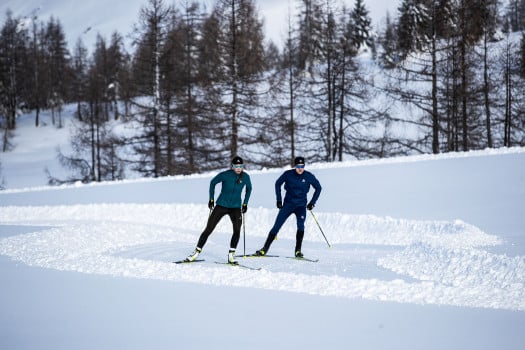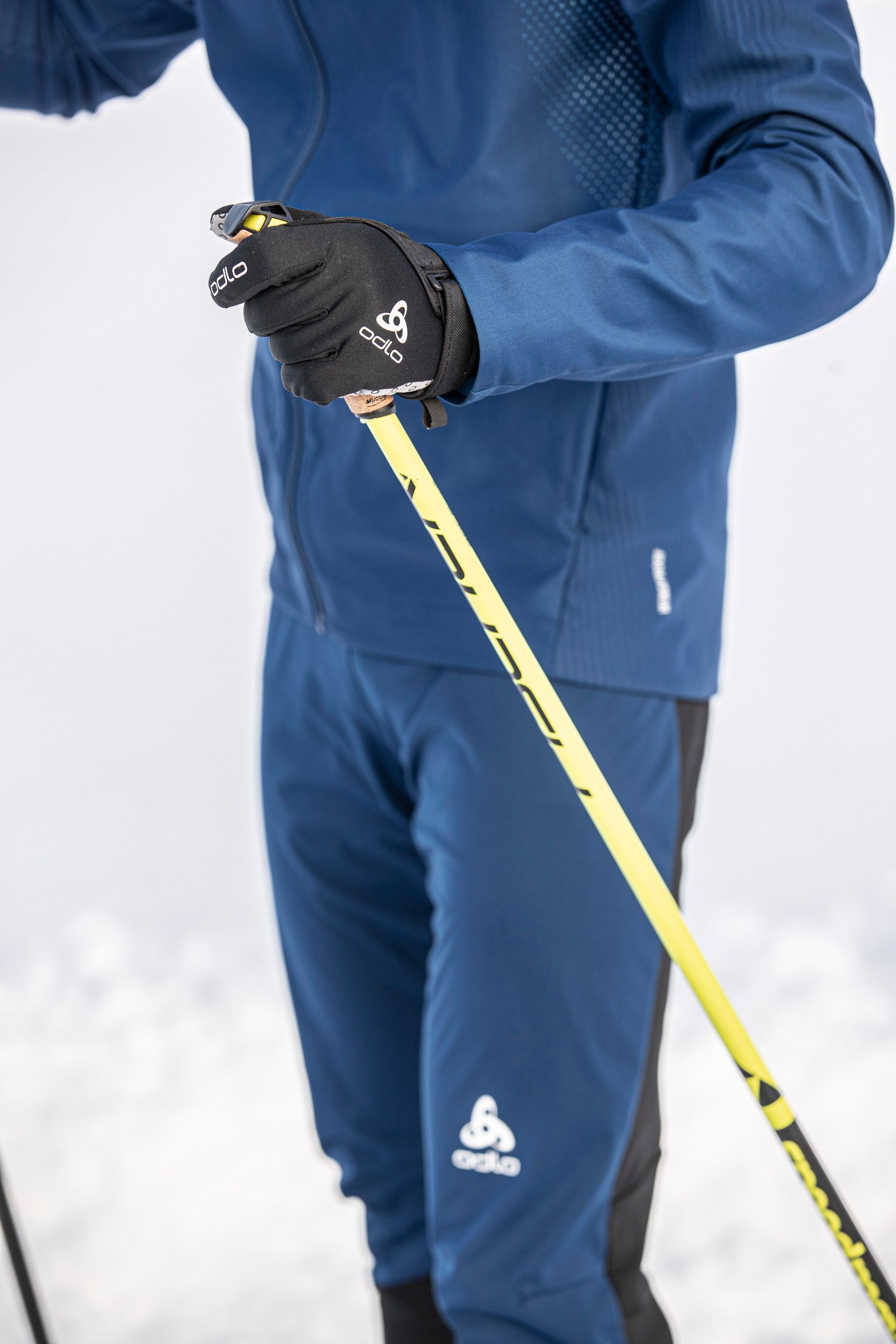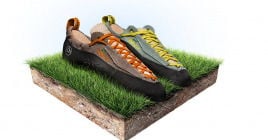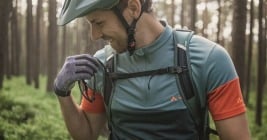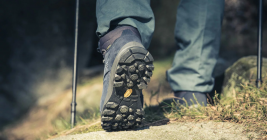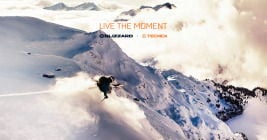Skating or classic?
The choice between classic and skating cross-country skiing is done according to several criteria. The first criterion is the foundryman's desire, preference and attraction for one rather than the other. However, if you are a beginner in cross-country skiing, it is preferable to turn to classic skiing. Easier to learn, it allows beginners to understand the glide and balance which is quite different from skiing on piste.
Classic or alternative skiing :
Classical cross-country skiing is practiced in the rails laid out on the cross-country ski trails, this is the way the pioneers of cross-country skiing began to practice. The skis are permanently in parallel and the effort is mainly concentrated on the arms and thighs. It is a good muscular and especially cardio supplement for trail/runner. The ski is composed of a grip zone in the center of the ski that prevents you from going backwards and sliding zones at the front and back to go forwards.
Cross-country skiing skating :
Cross-country skiing skating is completely smooth, the effort is a bit like skating or rollerblading, from right to left. The goal is to find a good glide whether flat, uphill or downhill. It requires a lot of technique and works the cardio but also the thighs, ischio and tibia. Skating is a technical style more popular than the classic one and used during biathlon events by Martin Fourcade for example.
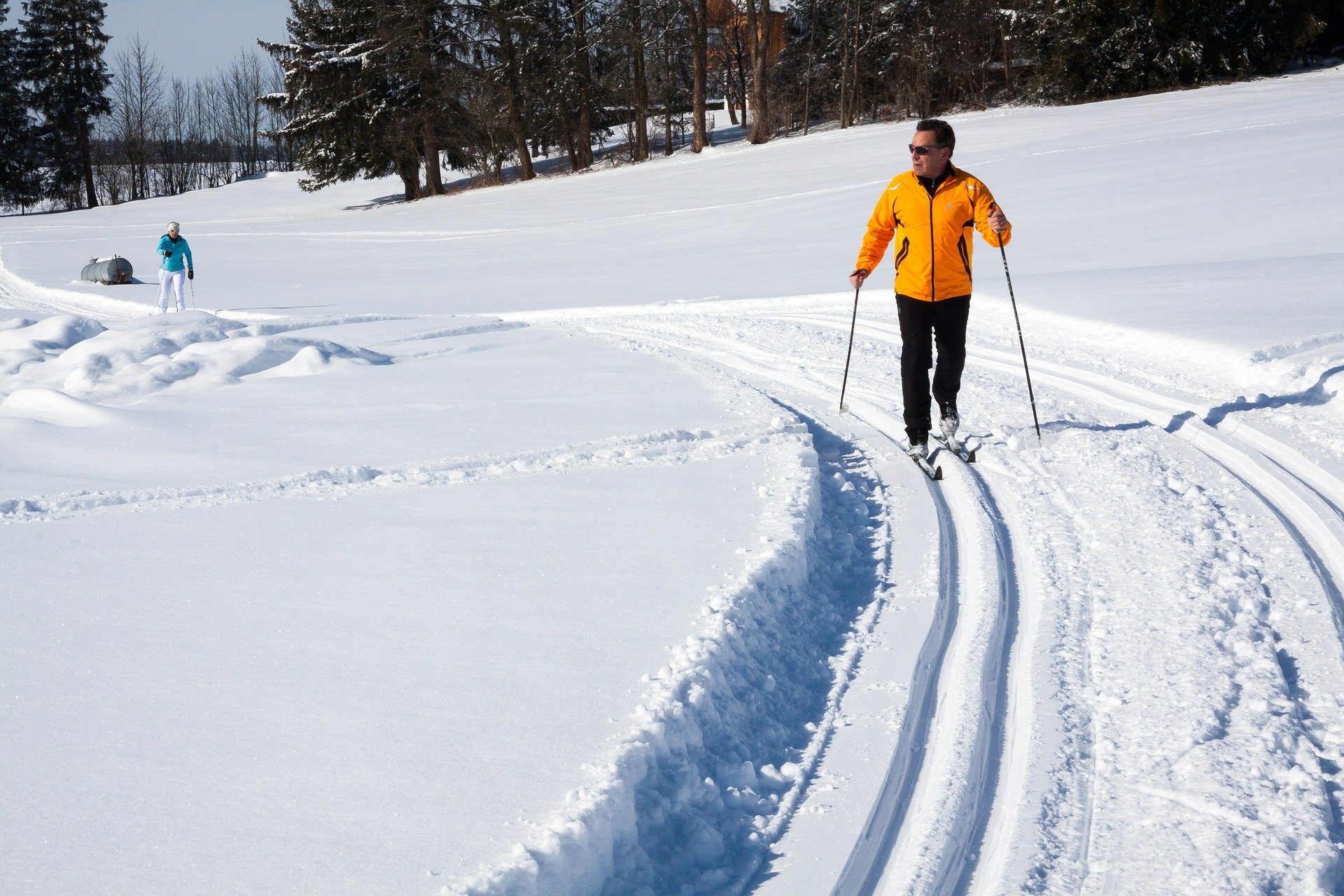
Choosing your classic cross-country skis :
There are 3 types of grip for classic or alternative skis.
- The flake soles, located in the middle of the ski this system is perfect for the beginner who wants to go for a ride on alternative skis. It offers a good grip and a correct glide. However it can be limited when the snow is icy.
- Seal skins, as in ski touring, a mohair or synthetic skin is present in the middle of the ski allowing a good forward glide and good grip on all types of snow.
- The Retaining Wax which offers an ultra performance glide/grip performance whatever the type of snow. However they require regular maintenance for a larger budget and is generally used by experts in classic skiing.
Choose the size of your classic cross-country skis :
Since the ski is practiced in the rails in alternating, that is to say one ski and pole after another, the skis must be long enough to allow both glide and grip.
For classic skiing, we generally recommend a ski that is 15 to 25 cm longer than its size. However, this also depends on the weight and level of the skier. Two skiers of the same size but of different weight will not necessarily choose the same ski size. A heavy skier will choose a longer ski for better grip.
The choice of the ski depends on the skier's level, the Flex and the camber of the ski will also be taken into account according to your level. A ski with a larger camber (the distance in the center between the ground and the ski when the ski is stationary) will be for the experienced skier. The width of the ski is also to be taken into account, a beginner will prefer a wider ski for a better balance.
So more than the choice of the size which is very important it is the choice of the type of ski which will prove to be essential.
How to choose your skating skis?
It is generally advisable to choose a ski between 10 and 15 cm more than its size.
However, as with the choice of classic cross-country skis the most important factor when choosing your skating skis is the skier's level and weight.
Here the ski level is of great importance for the choice of the size. A beginner skier who does not necessarily master his balance will have to choose a shorter ski in order to better control his gestures and his equipment. A more experienced skier will tend to choose a longer ski to have a better glide during his practice. Weight is an essential element, a heavy person will also tend to choose a longer ski.
Cross-country ski equipment:
- There is a difference between choosing your cross-country ski boots according to the skating or classic style. A skating boot will be higher with good ankle grip for perfect ski control. On the contrary, a classic ski boot will be lower to allow a good ankle movement.
- For cross-country ski poles It is the opposite of skis, it is advisable to take poles the size of the armpits in classic to be able to push well during the effort. In skating, on the other hand, larger poles will be more effective, you should generally choose a pair of poles with shoulder height or even ears for more experienced skiers.
- Cross-country ski bindings are available in 4 systems: SNS, Prolink, turnamic and NNN. The Prolink, NNN and turnamic systems are all compatible with each other, however the SNS binding system has a different standard and is only compatible with SNS boots.
A thin and light binding will be more expensive and intended for the experienced skier, a heavier and wider binding will allow a better balance for beginners.
You now know all about the basics of cross-country skiing equipment so all you have to do is make your choice and enjoy the many Nordic areas open this winter.

